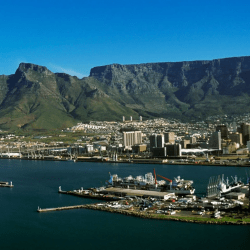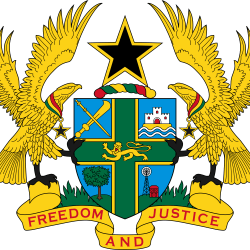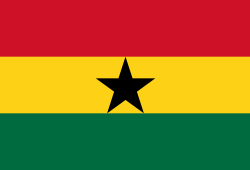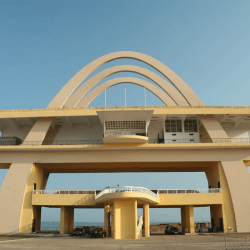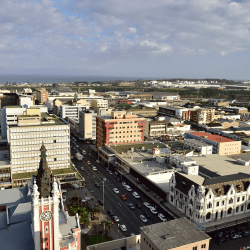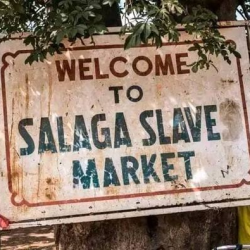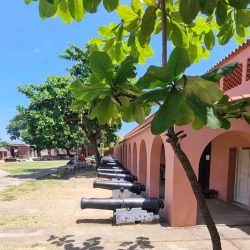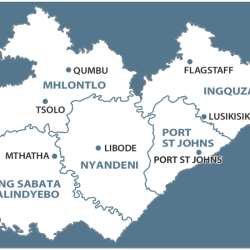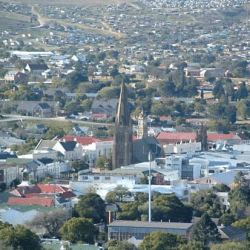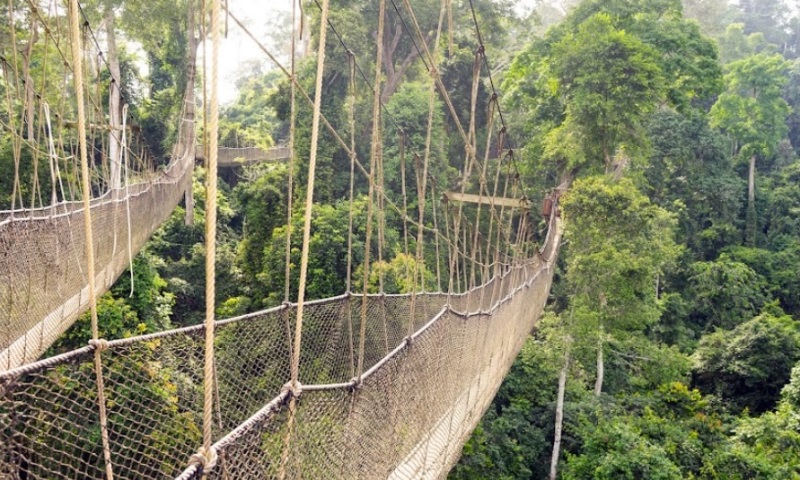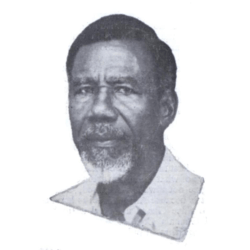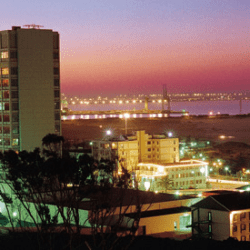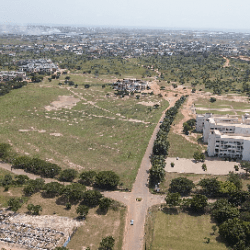Cape Coast Castle is the largest of the buildings which contains the legacy of the trans-Atlantic slave trade and is a UNESCO World Heritage Site.

Like most ancient fortifications in Ghana, Cape Coast Castle played a significant role in the gold and slave trades.
But also, two significant contributions were made here: the arrival of Christianity, and the establishment of the first formal education system through Castle Schools.
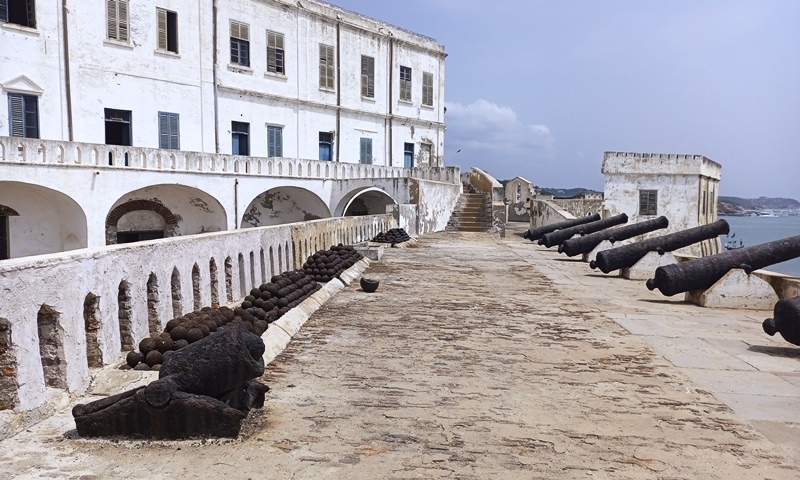
A guided tour of the Cape Coast Castle will acquaint you with its many interesting features including Dalzel Tower, the slave dungeons, and the cannons and mortars used in the Castle’s defense.
The West African Historical Museum is located inside Cape Coast Castle and contains a growing collection of art and cultural objects, including ceremonial drums, old muskets, shackles from the slave trade and ancient pottery. ‘Cabo Corso,’ meaning ‘short cape’, is the name the Portuguese settled on for the local settlement within which its trade lodge was built in 1555.
Its corruption to ‘Cape Coast’ is now the accepted name of the capital of the Central Region of Ghana. The Swedes, led by Krusenstjerna, however, were the initiators of the permanent structure presently known as Cape Coast Castle.

